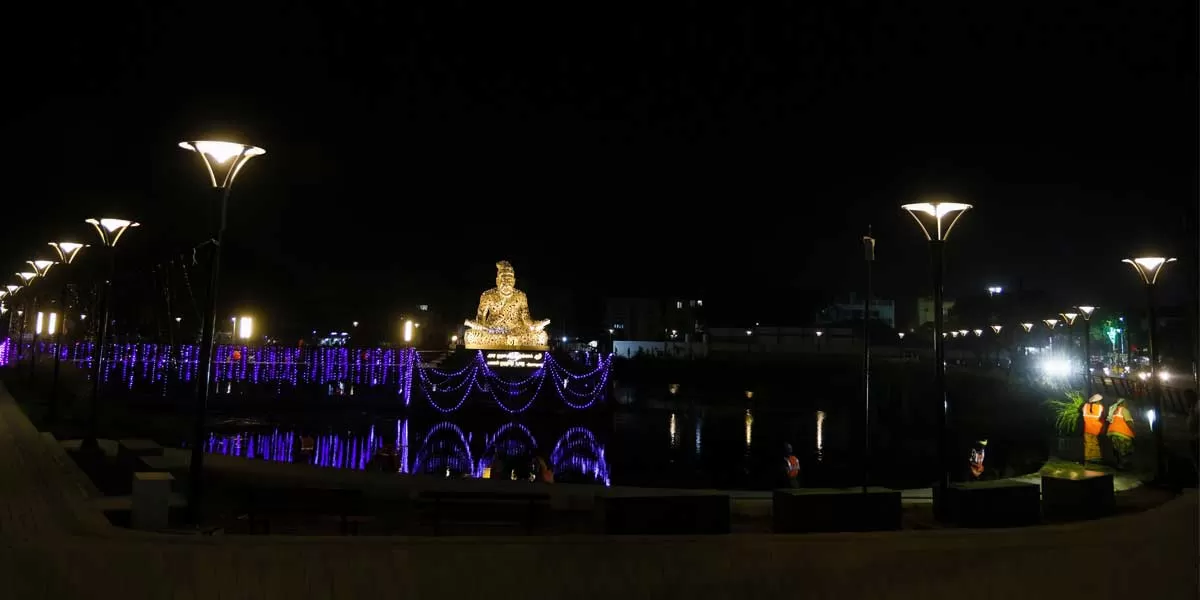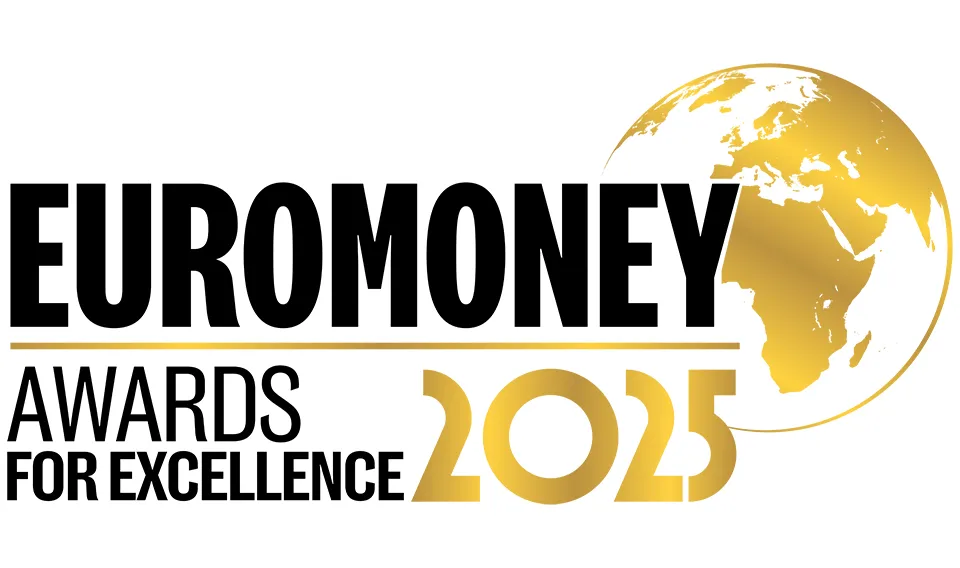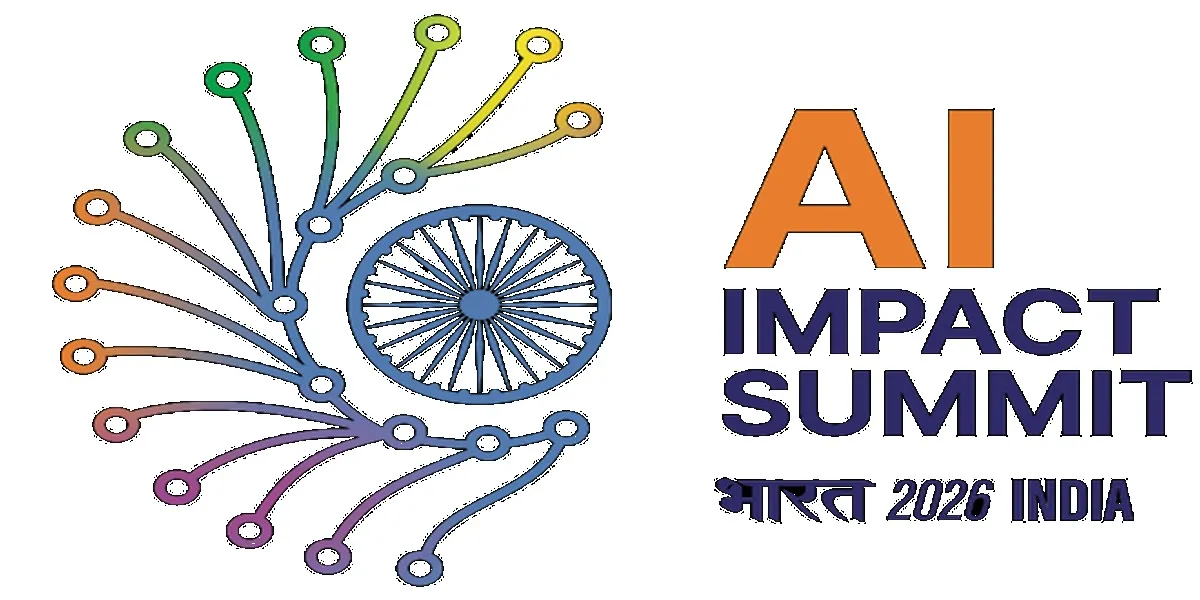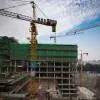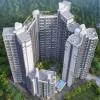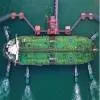Coimbatore has won multiple accolades for being ahead of the smart curve. From cutting-edge technologies for surveillance and lake rejuvenation to a one-of-a-kind ‘media tree’, the city continues to take notable strides in providing sustainable quality of life for residents. Sivaguru Prabhakaran, CEO, Coimbatore Smart City (CSCL), elaborates upon these initiatives and more – including plans to adopt green municipal bonds – in conversation with R SRINIVASAN. Excerpts:
Coimbatore, at the national level, won the first prize in the ‘Built Environment’ category (out of
88 proposals sent from 52 cities). It also won first prize as ‘Best City’ in the South Zone category. What factors would you attribute to these successes?
The construction of smart city projects faces many challenges. However, our success could be ascribed to a collaborative process and our innovative approach in providing a synergic solution that provides co-benefits in addressing problems faced by the city. Cross-sectoral collaboration between local government, NGOs, academia, industry, professional bodies and civil society resulted in planning and formulating solutions. This structured stakeholder engagement is one of the key success factors. Another key factor is the rejuvenation of cascading water bodies, ensuring synergy in providing solutions to various problems faced by the city. Most important, the projects were designed towards realising the city’s vision of sustainable quality of life for its residents.
The core problems of the city could be summarised as follows. Owing to rapid unplanned urbanisation, Coimbatore witnessed urban poor living in unsanitary conditions, pollution of the city’s water resources, inadequate public spaces and potential water shortages. Due to climate change, the city is predicted to receive excessive rainfall with the consequent possibility of flooding in low-lying areas. Rapid vehicular traffic growth, mixed modes of transport and lack of dedicated cycling and pedestrian facilities put pedestrians at risk.
Projects have been designed
to address these issues. The urban poor living at the lakefront were provided houses and properly rehabilitated. The city successfully relocated households, benefitting over 30,000 people under
the Smart City Mission (SCM).
Over the past decade, the city has removed encroachments and rehabilitated nearly 80,000 urban poor. All our seven lakefronts
are free of encroachments and nearly 28 acre of land has been retrieved for development.
Water treatment plants have considerably improved the water quality of lakes; this acts as an efficient flood buffer and mitigates the possibility of flooding in low-lying areas. Pedestrian walkways and cycle paths around the lakes help residents in local neighbourhoods and availability of public space has increased manifold. These lakefronts have become vibrant public spaces. Boating, water sports, a smart city experience centre, amphitheatres, food courts, etc, make these lakefronts destinations for learning, leisure and recreation. These outcomes helped the city receive recognition and inspired many other cities to take up similar projects, particularly lake rejuvenation.
How many projects were envisaged as part of the SCM
and how many worked out as initially planned?
We had planned 54 projects with an outlay of Rs.9.55 billion under the SCM. A wide range of projects, such as model roads, multilevel car parking, 5.6 MW solar plants, bio-mining to dispose nearly 1 million cu m of accumulated legacy waste, an integrated command-and-control centre (ICCC), 24x7 continuous water supply in convergence with the Atal Mission for Rejuvenation and Urban Transformation (AMRUT), among others, are some projects worth mentioning. All the projects have been planned and executed but the water quality of lakes is being closely monitored as continual improvement is required. We have also taken up the remaining two lakes in the city for rejuvenation under the AMRUT scheme.
What technologies have been provided for city surveillance?
The ICCC web-based platform collates information from different sources and presents users with the most relevant information. The ICCC web portals utilise data from various applications like the Edge data centre; real-time surveillance; variable display boards; non-tax analytical system; automatic vehicle locating system (AVLS) for all corporation-owned waste collection and disposal vehicles; biometric attendance management system; air quality monitoring; SCADA system integration and monitoring; smart streetlight integration and the grievance redressal system. The ICCC enables management of crucial aspects such as water supply, solid waste management, environmental monitoring and much more. This integration allows city officials to have a real-time,
360° view of the urban landscape, facilitating proactive decision-making and swift responses to emerging challenges.
Please tell us more about the musical fountain and the media tree with a 3-D display, which has been used in a public space for the first time in India.
As part of the beautification initiative under the SCM, a 44-ft musical fountain, which can shoot water up to a height of 30 ft and is said to be the largest in Tamil Nadu, has been installed at one of the roundabouts at Racecourse. The dancing fountain has colourful lighting and music and has been aesthetically designed with a garden around it.
An infotainment initiative, a state-of-the-art media tower has been set up at the famed Thomas Park Racecourse area. The 30-m media tower, with 8-K resolution display, has a display area of 8.7 m, width of 1.8 m and a curved LED split display screen like the one at Garden by the Bay in Singapore. The tower has 5,000 LED nodes that display different colours with a flickering effect in consonance with music, offering a visual treat to the onlookers. The display is for government announcements and useful information to the public, apart from entertainment and advertisement content.
How were the seven lakes [Periyakulam, Krishnampathy, Selvampathy, Kumaraswamy, Selvachinthamani, Valankulam and Kurichikulam] rejuvenated?
We put up sewage treatment plants (STP) in a few places to treat sewage water and supply fresh water to the lakes under the SCM. All inlet channels to the lakes are from Noyyal River. We are taking measures to ensure a greater infusion of rainwater into the lakes for natural rotation so that the oxygen level in the water increases. We have increased the coverage of underground sewerage systems so that wastewater can be taken away to the treatment plants. We are monitoring wastewater ingress into lakes from hospitals and other industries to reduce discharge into the lakes. At a cost of about `20.172 billion, underground sewer lines (UGSS) for a length of 1,279 km and three new STPs are being constructed with funding from AMRUT, the Asian Development Bank (ADB) and KfW. In the existing aged UGSS system, we will replace the old pipelines. Maintenance of these assets is very important to ensure their optimum usage. Moreover, we want to improve the quality of secondary treated water at the STP by tertiary treatment and reuse water for gardening, industrial purposes and construction activities. All these projects are expected to continually improve water quality.
What was the total outlay for
all other projects?
The total outlay for projects under the mission is Rs.9.55 billion. The area-based development (ABD) projects cover roughly 30 sq km of the city and we have built model roads with utility ducts for only about 6 km. Providing pedestrian facilities, utility ducts and a non-motorised transport (NMT) corridor across the city of 256 sq km area and on all major streets requires huge funds. These are proposed to be taken up in a phased manner. Investments are needed for solid waste disposal, such as biogas production from organic waste, waste-to-energy using combustible waste and scientific landfill construction. Replacement of ageing infrastructure requires additional funds. Therefore, funds for capital investments and improvements are required on a continuous basis. We have presently developed a sustainable revenue generation model to meet O&M expenditure of lakes. We intend to augment capital for infrastructure development through green municipal bonds and increased outlay from the corporation’s
annual budgets, apart from financial support from higher levels of government.
What benefits will accrue from the corporation's plan to adopt green municipal bonds?
We currently have an installed solar power plant capacity of
7.6 MW. We plan to raise finance through municipal bonds and establish a 20 MW solar plant
to aid in carbon abatement of 25,000 tonne of Co2 per year – equivalent to tree plantation of
over 0.7 to 1.1 million numbers
per year. The plant will generate
25 million units of additional energy per year and offset the electricity consumption charges payable to the Tamil Nadu Generation and Distribution Corporation [TANGEDCO]. The Coimbatore region has a large cluster of wind farms and hydel energy production. Coupled with captive solar plants, the region can significantly contribute to green energy production in the state.
On one side is the carbon
footprint reduction and the other is the huge savings in our electricity bill of about `50 million in a two-month billing cycle. All these power-generating units have a potential employment generation
of over 200 jobs. So, it's a win-win situation for all.
What are the key takeaways from Coimbatore for other cities?
Every city has unique characteristics. We need to identify our strengths and build solutions around them. Public participation is vital for the success of any scheme or project. So, stakeholder involvement from concept to completion as well as maintenance of assets created is of paramount importance. Revenue generation and environmental protection should become part of all our schemes. Sustainability must be the core principle or foundation for all our projects. We should not damage the environment or evict people and projects should be implemented such that they benefit everyone.
